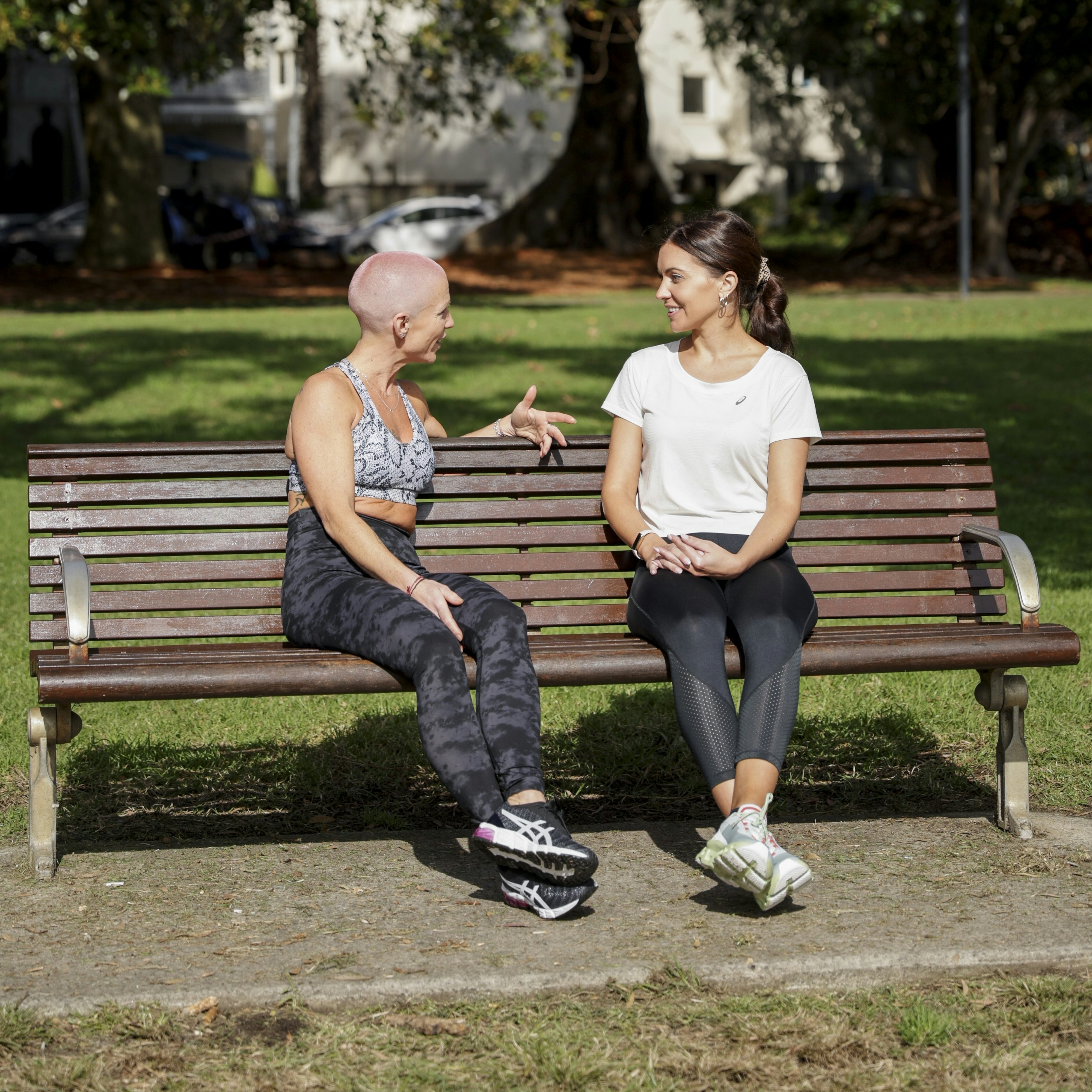Vaccination is our best defence against flu viruses. Behaviours such as increased hand washing and social distancing helped to stop the spread of flu viruses in the community last year. Relaxing social distancing restrictions this year may allow flu viruses to recirculate, even if they were hardly seen in 2020.
Under the National Immunisation Program, free flu vaccines are provided to the following groups who are at higher risk of complications from flu:
- children aged 6 months to less than 5 years
- all Aboriginal and Torres Strait Islander people aged 6 months and over
- people aged 6 months and over with certain medical conditions that increase their chance of severe influenza and its complications
- pregnant women (at any stage during pregnancy)
- people aged 65 years and over.
Free flu vaccines will be available from GPs, community health clinics, Aboriginal Medical Services and other immunisation providers in your state or territory. To locate a service in your area you can search the National Health Services Directory.
Vaccination experts recommend waiting 14 days between getting a flu vaccine and a COVID-19 vaccine. Given this, it will be important to plan both vaccinations.
It doesn’t matter in what order you get the vaccines. However:
- if you are in earlier phases for COVID-19 vaccination, you should get the COVID-19 vaccine as soon you can. You can then plan your flu vaccination.
- if you are in later phases for COVID-19 vaccination, you should get the flu vaccine as soon as you can. This will ensure you are ready to get your COVID‑19 vaccine when it is available to you.
More information >>

